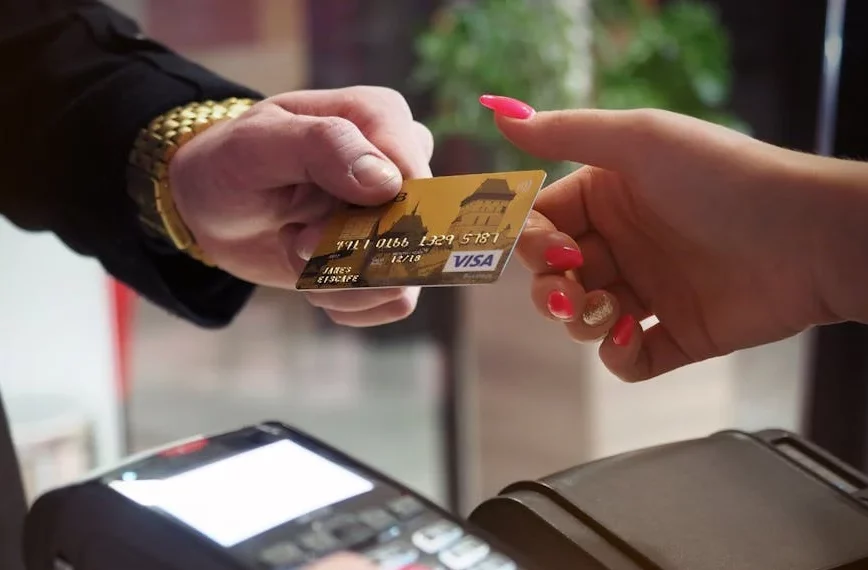Payment methods are the different ways you can pay for goods and services. These methods can be broadly categorized into traditional and digital options.
Traditional methods include:
- Cash: Physical currency, including bills and coins, is the most well-established form of payment.
- Checks: Paper drafts that instruct a bank to pay a certain amount of money from the account holder’s funds.
- Gift cards: Prepaid cards with a specific amount of value that can be used for purchases at a particular store or chain of stores.
Digital methods are becoming increasingly popular and include:
- Credit Cards: Credit cards are a type of payment method that allows customers to borrow money from a bank to make purchases. They offer convenience and security, as customers are not responsible for fraudulent charges. However, businesses typically incur fees for processing credit card transactions.
- Debit Cards: Debit cards function similarly to credit cards, but they deduct funds directly from a customer’s checking account at the time of purchase. Debit cards offer a secure and convenient way for customers to pay, and businesses generally incur lower processing fees compared to credit cards.
- Bank Transfers: Bank transfers allow customers to electronically transfer funds from their bank account directly to a business’s account. This method is secure and reliable, but it can be slower than other payment options. Bank transfers might be ideal for larger transactions.
- Digital Wallets: Digital wallets, such as Apple Pay and Google Pay, store customers’ payment information securely on their smartphones or other devices. Customers can then make contactless payments at participating businesses by simply tapping their device. Digital wallets offer a fast and convenient payment experience, and they can also help to reduce fraud.
- Cryptocurrencies: Cryptocurrencies are a digital form of payment that utilizes cryptography for security. While not yet universally accepted, cryptocurrencies are gaining traction with some businesses. Accepting cryptocurrencies can attract a tech-savvy customer base, but it also comes with added volatility and regulatory considerations.
- Buy Now, Pay Later (BNPL): BNPL services allow customers to split the cost of a purchase into smaller installments. This can be an attractive option for customers who want to manage their budget or make larger purchases. Businesses offering BNPL options should be aware of any associated fees and potential risks.
- Mobile Payments: Mobile payments encompass various methods of paying using a smartphone or other mobile device. This can include digital wallets, contactless payments, or carrier billing (charging the purchase to a customer’s mobile phone bill). Mobile payments offer a convenient and secure way for customers to pay on the go.
The choice of payment method depends on various factors, including the type of purchase, your financial situation, and the preferences of the seller.

Book a Consultation Today
Contact Us Now




